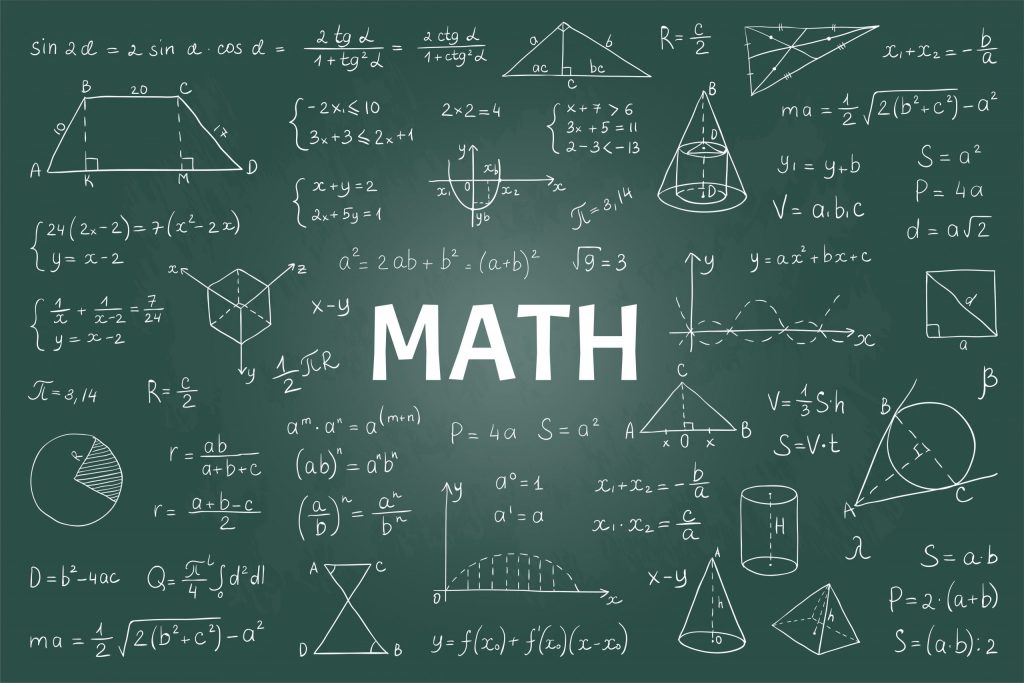A significant step in preparing for mediation, or any negotiation, is the calculation of the party’s Best Alternative to a Negotiated Agreement (“BATNA”). Most lawyers I work with have had a discussion with their client about the alternatives to settlement. In this blog and in my paper on preparation (downloadable here), I urge counsel to apply this concept not only to your BATNA but also to the other side’s position, even if you cannot know their perceived BATNA.
Recently, I read a fantastic article by UK-based mediator Bruce Greig explaining what Nassim Nicholas Taleb called the Ludic Fallacy in his book “The Black Swan.” According to Taleb, the Ludic Fallacy is the “the misuse of games to model real-life situations.” In his article Greig explains how to make mathematical models of risk assessment but also the pitfalls of too heavy a reliance on those models. The article is worth reading for Greig’s discussion of mathematical models of risk assessment but I reference it here to describe the problems with too heavy a reliance on those models. Read the whole article here:
According to Greig, there are several layers to the fallacy: the first being that math provides an “illusion of accuracy” that is simply not there. “A commercial dispute is not like a casino where the probabilities are known in advance.”
Second, any reliance on mathematical assessments assume that the other side is approaching the problem with the same type of analysis. Greig cites Taleb’s use of a character he calls Fat Tony to describe this problem. In a hypothetical coin toss, heads comes up 99 times. The rational probability on the one hundredth toss is still 50:50. Fat Tony, however, sees the coin toss as rigged and believes there is a 100% the last toss will come up heads as well. How valuable is your mathematical analysis if the other side is looking at the problem completely differently.
Finally, mathematical probabilities are more valuable when considering the likely outcome as an average result. If I try this case 100 times, we win 80 times is an 80% probability. However, no one is going to try the case 100 times. For a party with 100 very similar cases — e.g., insurance companies — the probabilities have more importance than for a party who is facing the issue only once.
Greig’s conclusion is that mathematical assessment of risk is valuable but is just the starting point in litigation risk analysis. I could not agree more. The article is definitely worth reading.

